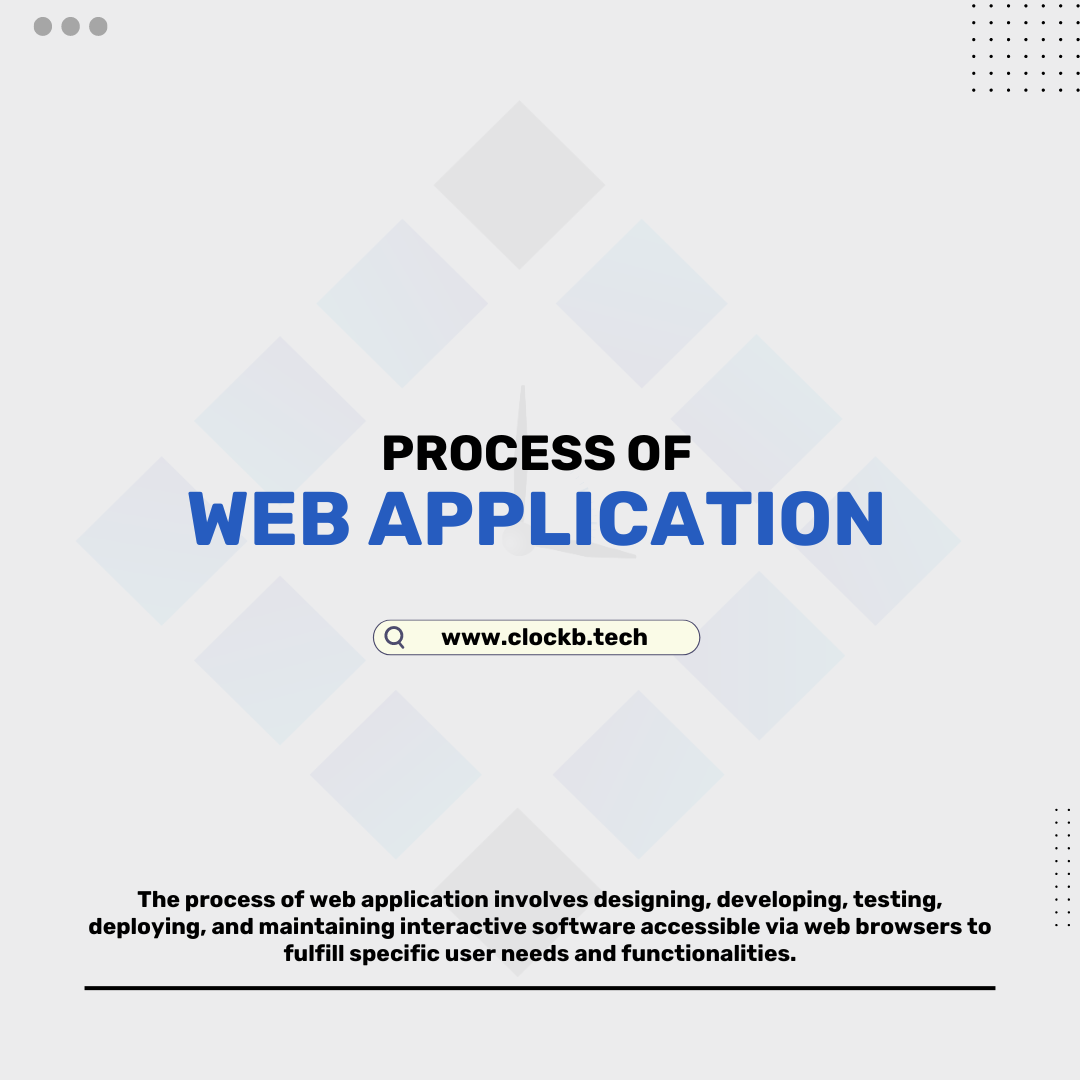In today’s fast-changing digital world, Web Application connect users with dynamic and interactive online experiences, acting as an example of innovation. The process of Web Application is a carefully organized effort that requires thoughtful planning, strong coding skills, and a dedication to prioritizing user needs and preferences. Let’s embark on a guided tour through the stages that define the development of web applications.
Define Objectives and Requirements: Laying the Foundation
Every successful web application begins with a clear understanding of its purpose and goals. During this initial phase, developers collaborate with stakeholders to define objectives, identify target audiences, and gather functional requirements. This groundwork ensures that the development process aligns with the intended outcomes.
Planning and Architecture: Blueprint for Success
Once the objectives are defined, the planning phase involves creating a roadmap for the web application. This includes selecting the appropriate technology stack, designing the system architecture, and outlining the database structure. A well-thought-out plan lays the foundation for a scalable, secure, and efficient web application.
Design: Creating the User Experience
User experience (UX) and user interface (UI) design play a pivotal role in the success of a web application. Designers work on creating wireframes, mockups, and prototypes that visually represent the application’s layout, features, and interactions. The goal is to ensure a seamless and intuitive experience for users.
Development: Coding the Magic
With the design in place, developers dive into coding the web application. They build the frontend, which is the user interface that users interact with, and the backend, which handles server-side operations, databases, and application logic. Collaboration and version control are crucial during this phase to ensure a cohesive and functional application.
Testing: Ensuring Reliability and Performance
Rigorous testing is a critical step in web application development. Quality assurance professionals conduct various tests, including functionality testing, performance testing, security testing, and usability testing. Identifying and addressing bugs and issues during this phase is essential for delivering a reliable and user-friendly application.
Deployment: Making the Application Live
Once the web application has passed testing and quality assurance, it’s ready for deployment. Developers configure servers, set up databases, and ensure that all components work seamlessly together. Deployment marks the transition from development environments to live production, making the application accessible to users.
Maintenance and Updates: Sustaining Excellence
The launch of a web application is not the end of its lifecycle but the beginning. Continuous monitoring, maintenance, and updates are crucial to address evolving user needs, fix potential issues, and introduce new features or improvements. Ongoing support ensures the longevity and relevance of the web application.
Conclusion
The process of web application development is a multifaceted journey, blending creativity, technology, and precision. From conceptualization to deployment and beyond, the success of a web application hinges on strategic planning, collaborative development, and a relentless commitment to delivering a seamless user experience. As technology advances and user expectations evolve, the process remains dynamic, reflecting the ever-changing landscape of the digital frontier.


